Best Rifle of the Pacific War?
April 7th, 2020
9 minute read
When the Japanese attacked Pearl Harbor on December 7, 1941, and drew America into World War II, the U.S. Military was lacking in many ways. Our armed forces were comparatively small. Their supply of armored vehicles and artillery was low and substandard compared to many combatant nations. American airpower was untested, with many of our best aircraft still in their early design stages. The U.S. Navy had lost several battleships in the Pearl Harbor attacks.
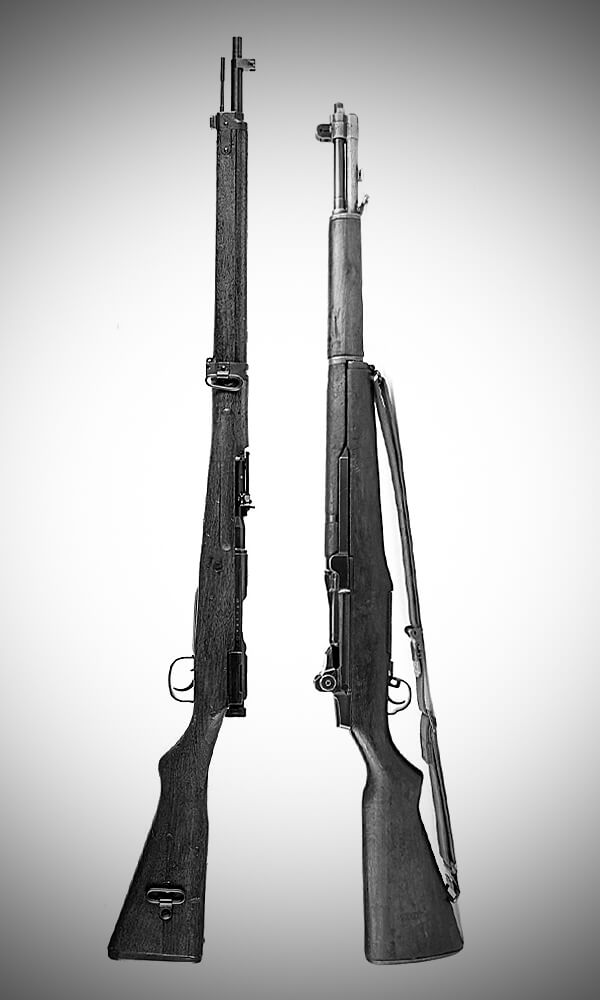
Despite all of these challenges and setbacks, American firearms were the best in the world. What’s more, many of our military men knew it. Unfortunately, this caused them to discount the weapons of our opponents and their skill and desire to use them.
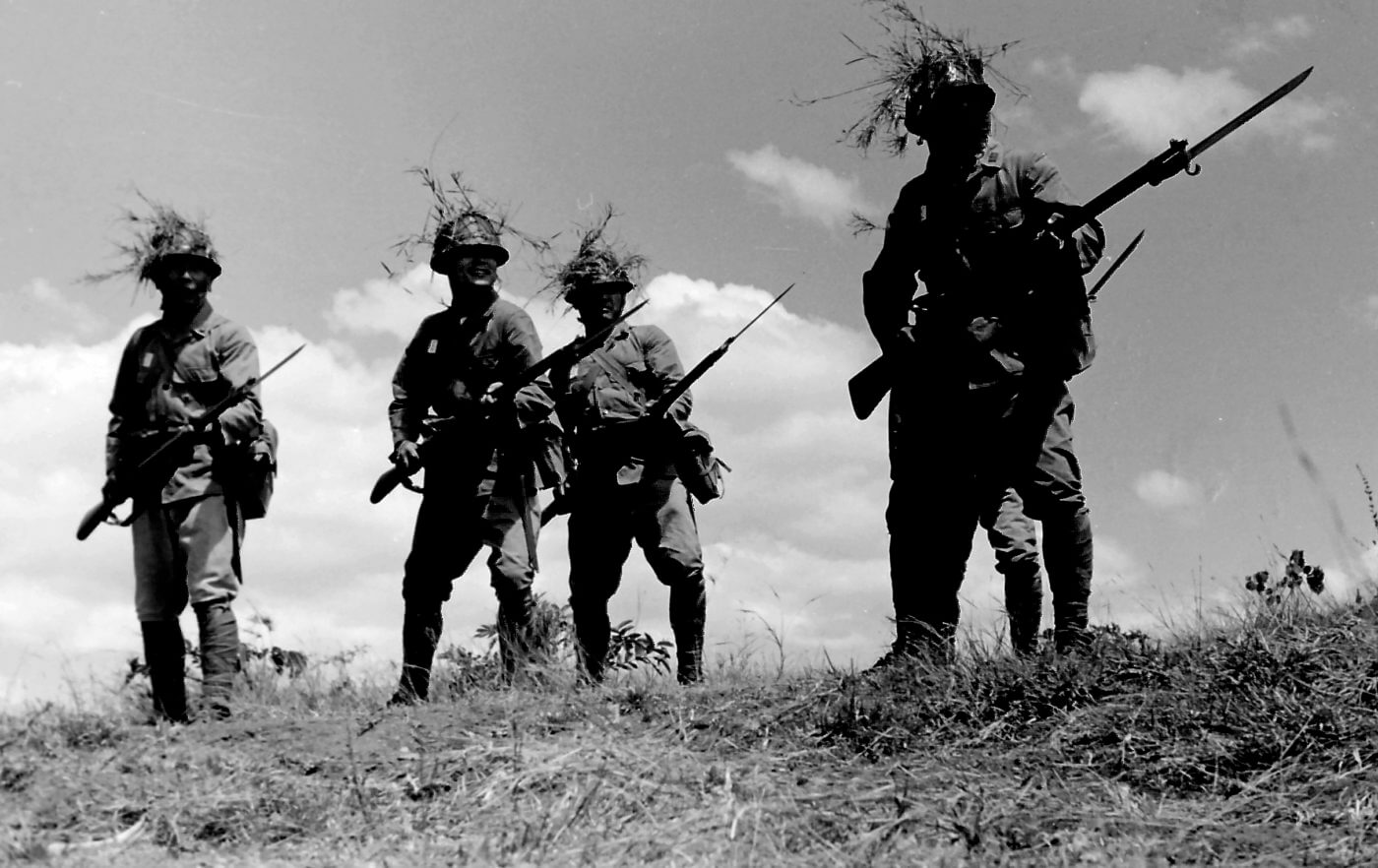
This was particularly true when assessing the capabilities of the Japanese infantry and their Arisaka rifles. The Japanese Emperor’s soldiers considered themselves modern-day samurai on a divine mission to demonstrate Japanese superiority. The bayonet-tipped rifle was their primary weapon in the conquest of China, Indochina, Indonesia, Malaya, the Philippines and the Solomons.
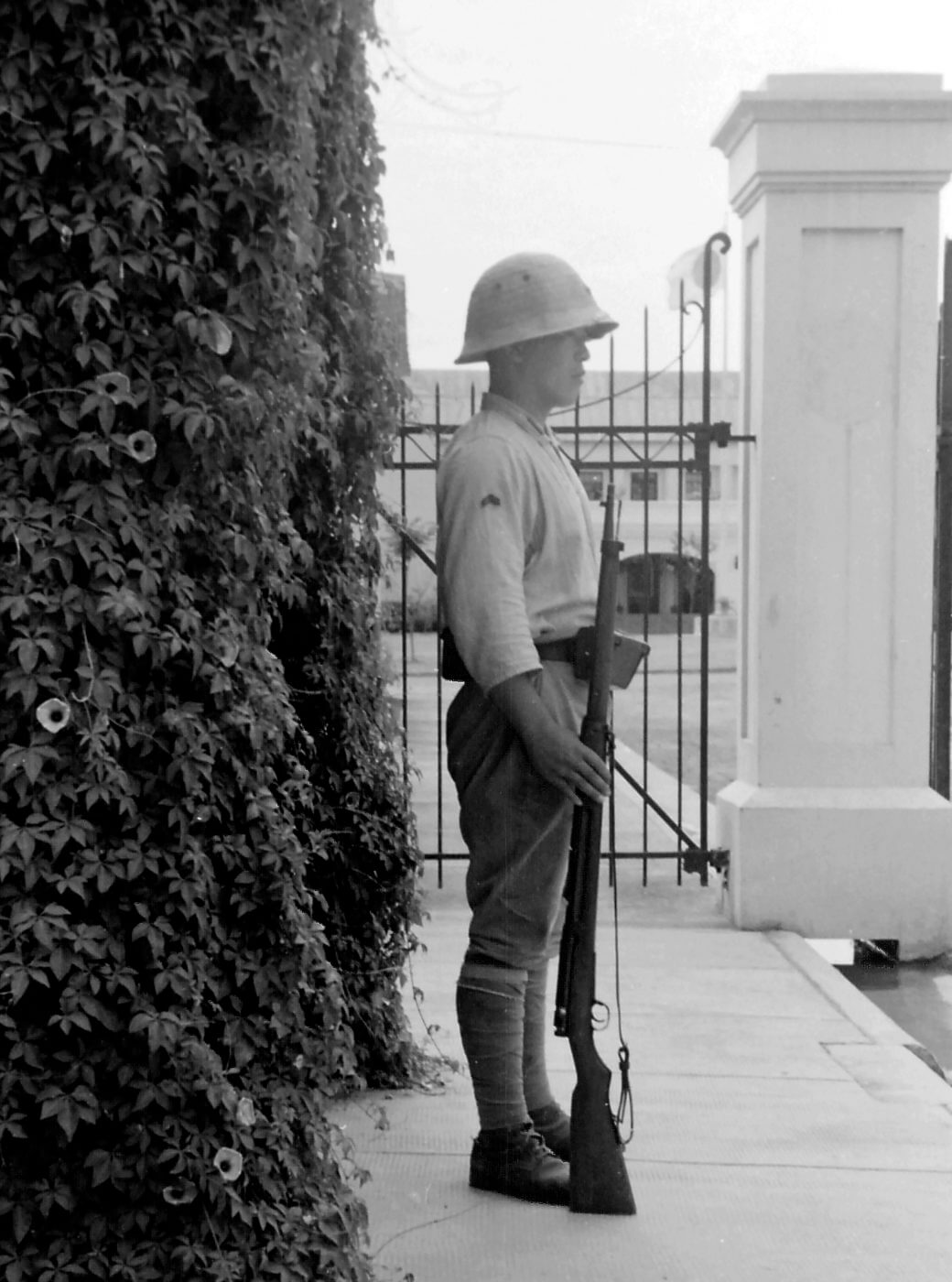
A Symbol of Change
In the late 19th century, Japan was quickly transforming into a modern, industrialized power. To make her infantry more competitive on the battlefield, the Japanese adopted the Arisaka rifle, designed by Colonel Arisaka Nariakira who was later promoted to lieutenant general and given the title of “baron” for his work.
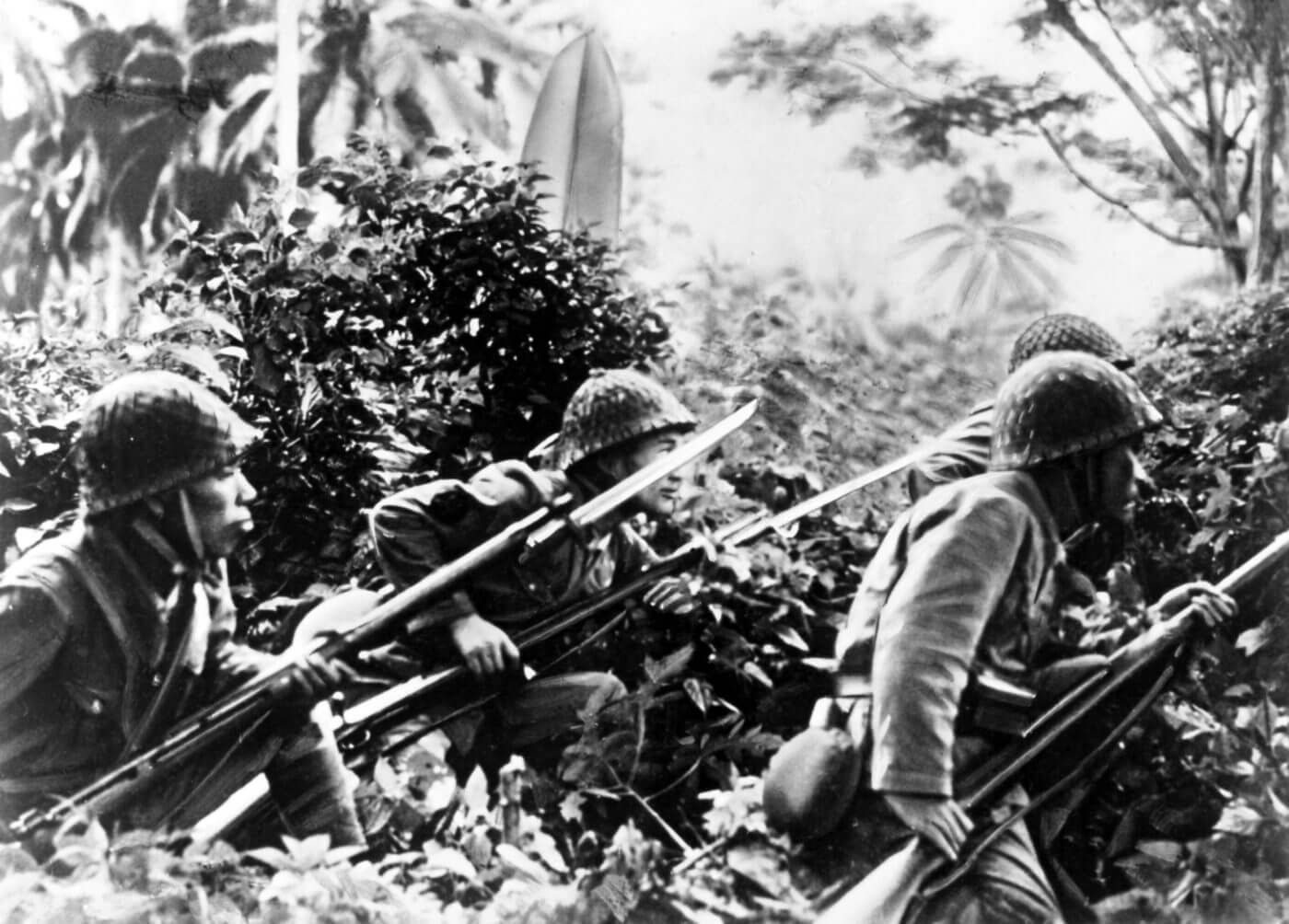
The first Arisaka rifles (the Type 30), saw combat during the multinational Peking Relief mission, and then in greater numbers during the Russo-Japanese War of 1904-05. These were chambered in the 6.5x50mmSR (Type 30) cartridge, later updated to the slightly improved Type 38 cartridge.
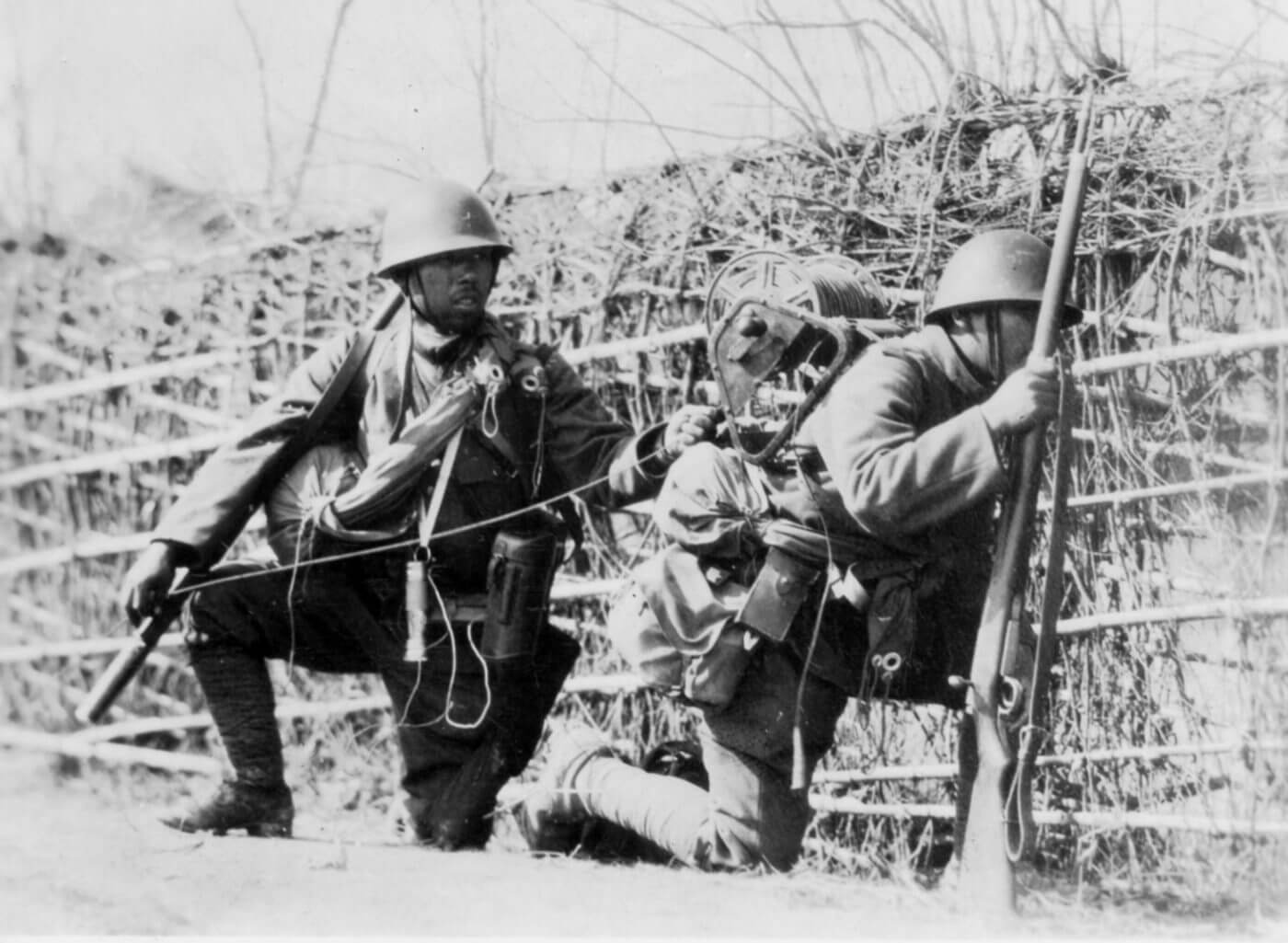
The Type 38 rifle was introduced in 1905 and, alongside the Type 30, provided the core of Japanese combat rifles through World War I. To fill their critical need for modern small arms, several Allied nations acquired Arisaka rifles during World War I. Russia bought more than half a million, and the British acquired a number chambered in .303. After World War I, Arisakas found their way into the armies of Estonia, Finland, the Czech Legion and on both sides of the Russian Civil War.
Enter the Type 99
In the later 1930s during their ongoing war in China, Japanese infantry commanders concluded that the 6.5mm Arisaka were not as effective as they desired on a modern battlefield.
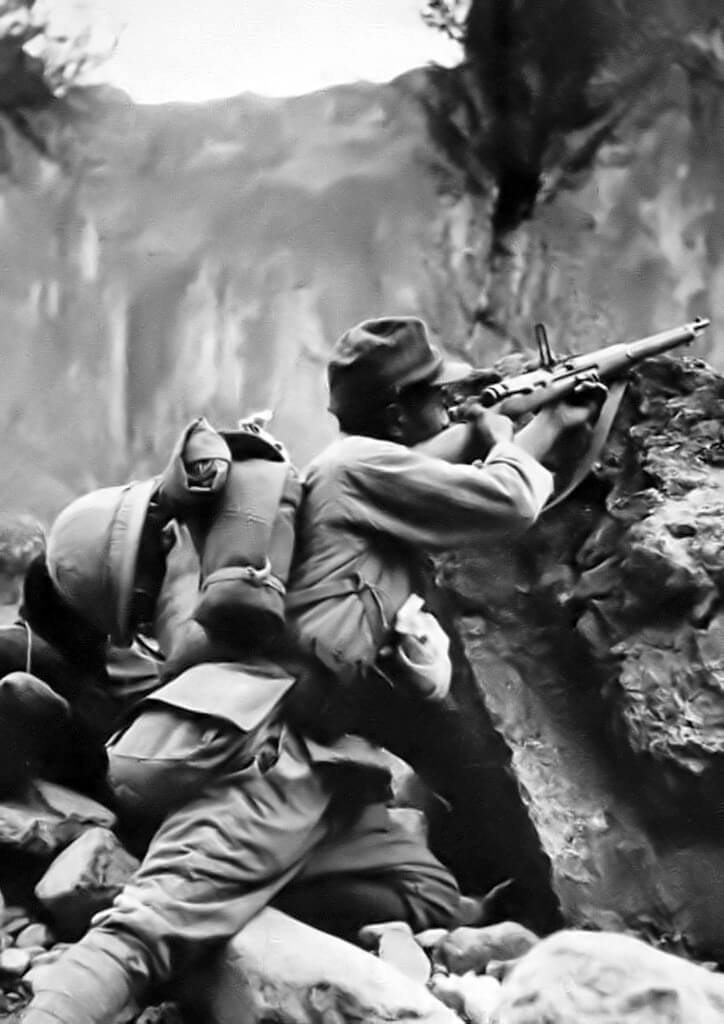
To gain more man-stopping power and to remain consistent with the latest machine gun designs the Arisaka was redesigned to use the 7.7x58mm cartridge. A new cock-on-closing action was added, along with a quick-release bolt that featured a large disk safety. An unusual “anti-aircraft” feature was built into the flip-up rear sights, using a pair of extended calipers to help the shooter estimate the necessary lead on the targeted aircraft. Finally, a heavy-gauge monopod was added.
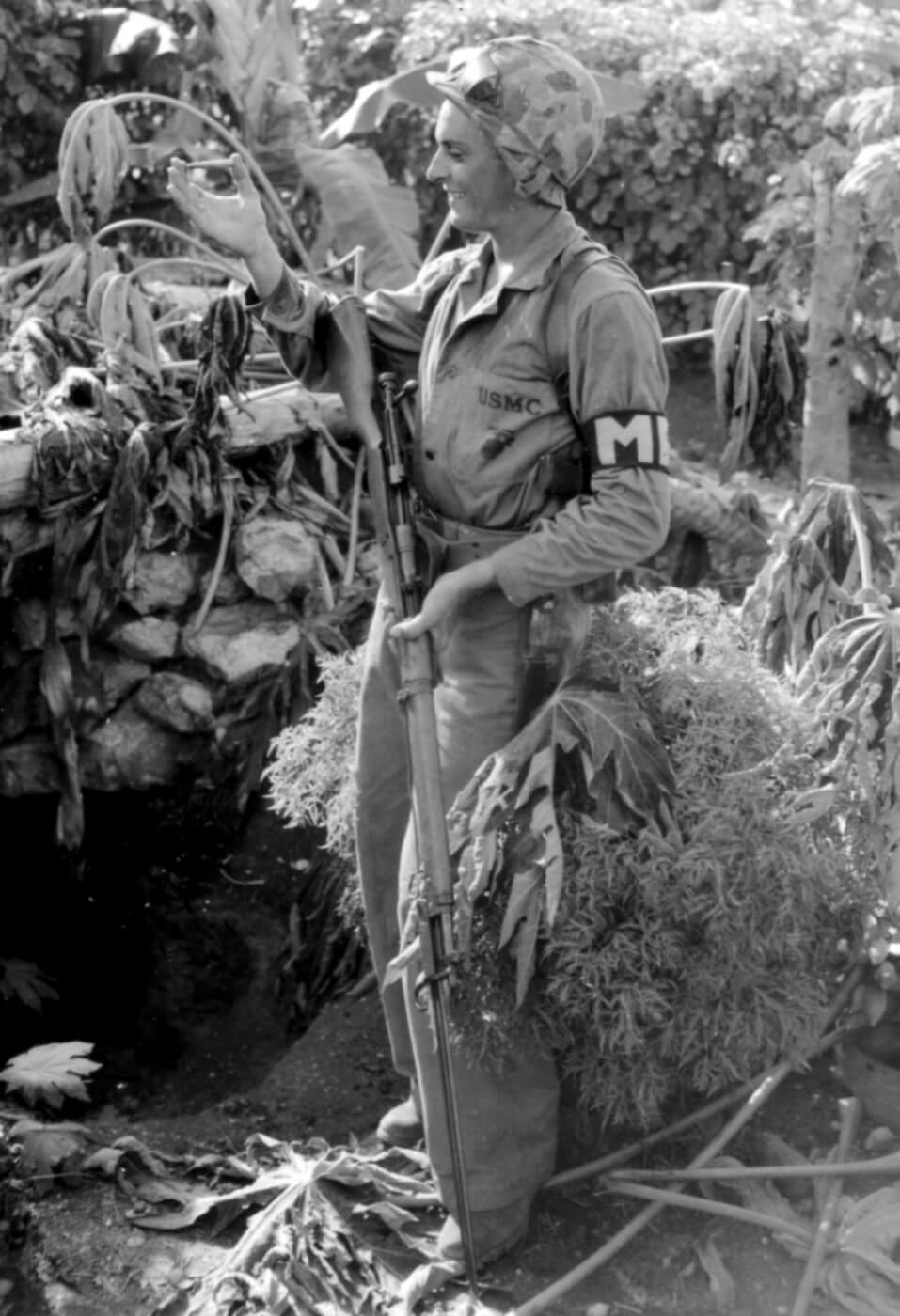
All together these changes added up to the new Arisaka Type 99, first produced in 1939. The Type 99 has been described as one of the strongest bolt-action rifles ever made, and it was the first mass-produced military rifle to have a chrome-lined bore. More than 3.5 million were produced by the end of World War II.
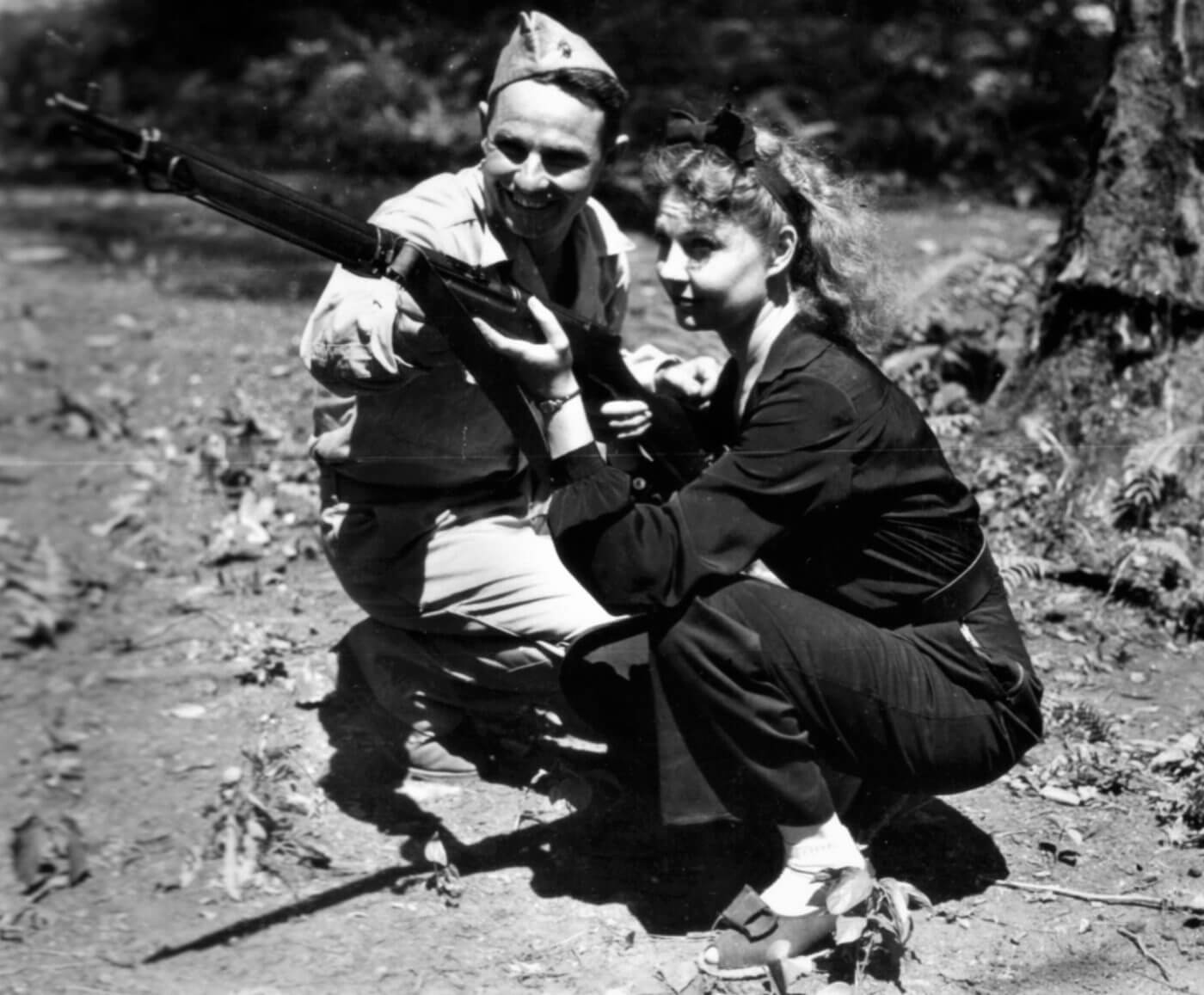
It must be noted that in the latter stages of the war, Japanese production became frenzied, and their quality standards fell off dramatically. Many of the late-production Type 99 rifles are crudely finished and various parts were simplified or omitted, including the monopod and handguard. Basic, fixed sights replaced the elaborate early models.
From the Other Side
I looked at some wartime U.S. intelligence publications about Japanese forces, their tactics and the specific assessments of the Arisaka rifles. It is interesting to note the changes from the early war period to the latter days of 1944, when the end was more clearly in sight.
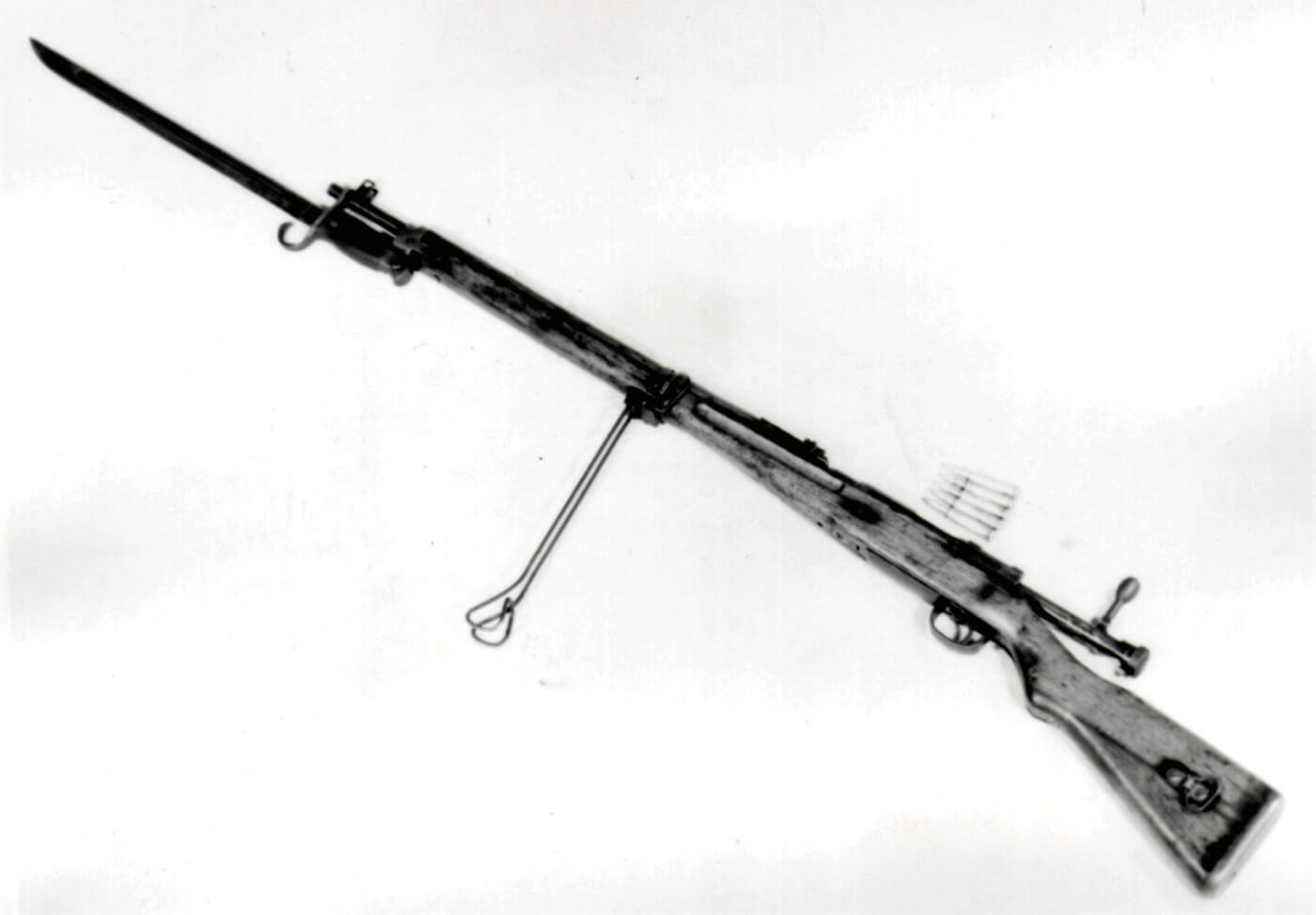
Handbook on Japanese Military Forces (TM30-480) September 21, 1942
Rifle: the infantry carries the Arisaka rifle, pattern 38, M1905. It has repeatedly been announced that this model will be displaced by a 1919 model (7.7mm). The 1919 model was reported used by mechanized units in Suiyan in 1939-40.
- Arisaka rifle, M1905—This is a Mauser type 5-shot military rifle with characteristic Mauser bolt action. Caliber is 6.5mm, cartridge case of brass, pointed lead bullet with nickel-steel jacket. The projectile weighs 0.019 pound and the charge is 0.0047 pound of smokeless rifle powder, giving a velocity of 2,510 foot-seconds. The piece itself weighs 8.69 pounds and is 50 inches in length. The rifle is fitted with a sling, but this is not used in firing. The rear sight is a knock-down leaf sight, graduated from 500 to 2,000 meters (550 to 2,600 yards). Extreme range of 4,375 yards is claimed. There is no windage scale or allowance for drift, and it is only fairly accurate beyond 500 yards.
- 7.7mm M1919—In this the bolt is modified and the stock shortened in order to better meet the requirements of the Japanese physique. The trigger guard is changed in order to permit firing with a gloved finger. The muzzle velocity is 875 yards per second; weight of bullet, 0.003 pound.
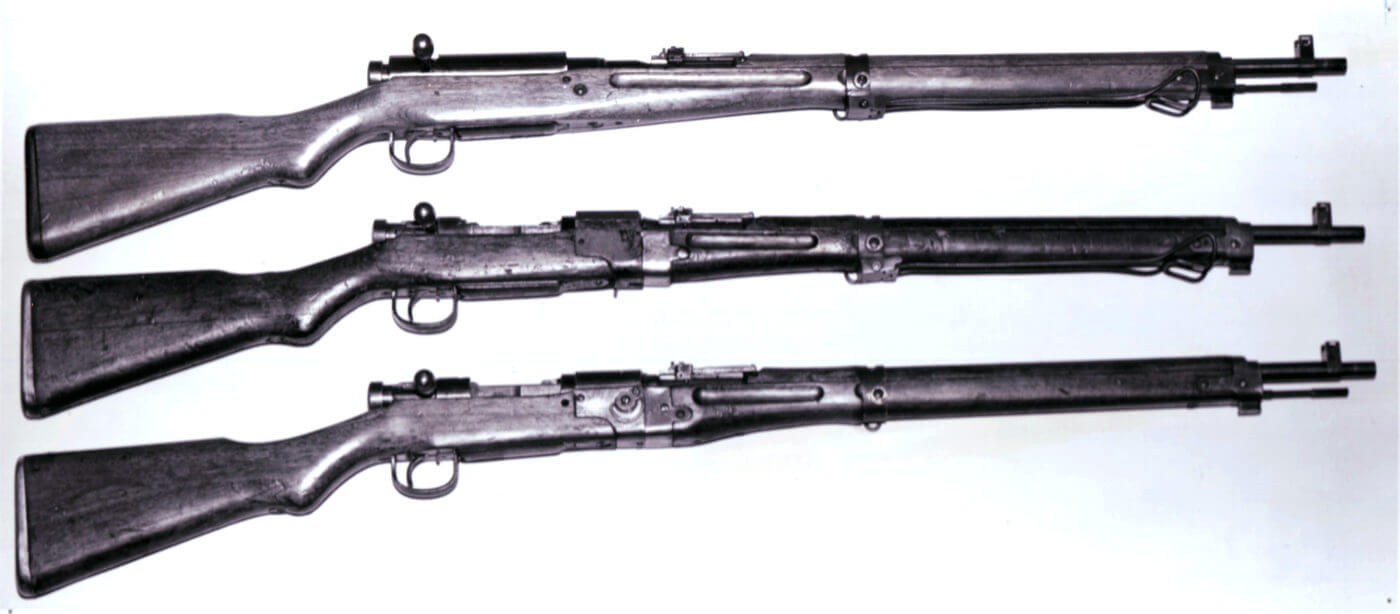
The manual also comments on the standards of Japanese marksmanship training, their overall lack of infantry firepower, as well as the perception of Japanese arrogance on the battlefield:
“The Japanese Infantry is poorly trained in marksmanship, usually firing from standing and kneeling positions, seldom from the prone, but are imbued with offensive spirit…they are very well trained in infiltration and camouflage.
“Many of the weak points of Japanese tactics noted result from the fact that the division is under-armed by Western standards of comparison, but the Japanese have made great efforts to correct this deficiency.
“While its swaggering self-confidence may receive some rude jolts in a major war, it is a rugged army fired with a devotion to duty and a narrow patriotism which make it a dangerous foe on a field of its own choosing.”
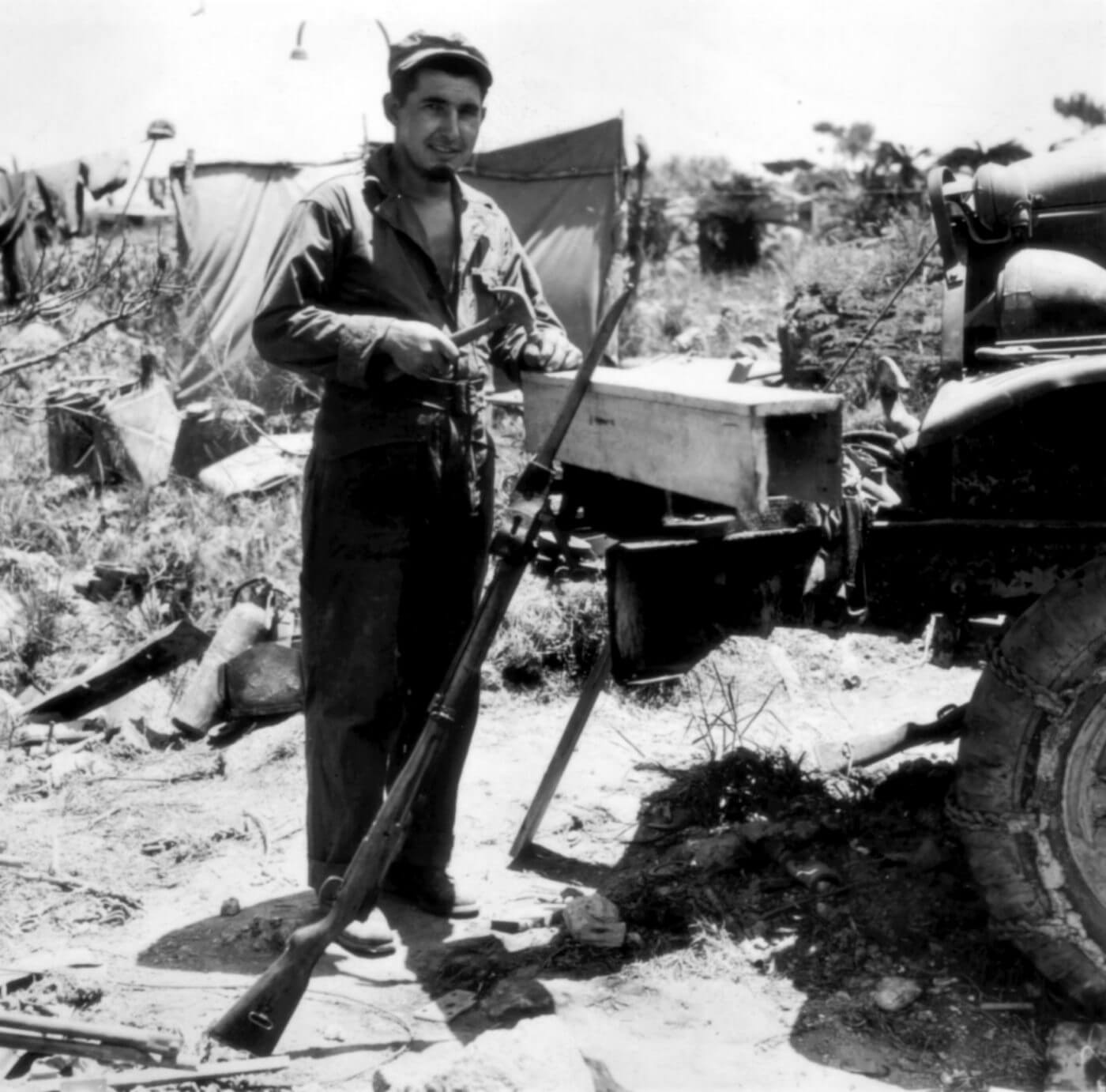
The following is the U.S. intelligence wartime description of the Arisaka Type 99:
7.7mm Rifle Model 99 (1939)
The Japanese Model 99 (1939) 7.7mm Rifle is a manually operated, bolt-action, magazine-fed, clip-loaded weapon. It fires a rimless cartridge from a five-round magazine.
It is shorter overall and lighter than the Type 38, 6.5mm rifle. Other differences include a folding monopod, antiaircraft leading sight arms, sling swivels mounted on the left side of the stock. Like the older model, it is also fitted to take the Japanese Model 30 service bayonet.
This rifle is replacing the Model 38 (1905) 6.5mm rifle as the basic Japanese infantry weapon. It can be readily distinguished by the difference in length and by the monopod attached to the lower band, which can be rotated forward to catch on the stock when not in use. This monopod is 12 inches in length and appears too long for use when firing from the prone position. The weapon is also equipped with a cleaning rod that fits in the stock and is retained there by a catch.
Weight: 8.8 pounds
Length: 44 inches
Max range: 3000 yards
Effective range: 600 yards
October 1944 edition of Handbook on Japanese Military Forces
These notes show how the nature of the fighting had changed, with the Japanese desperately holding on to their island defenses.
– They are hard fanatical fighters. On the defense they will often hold out to the last man. In the attack, once a plan of action has been decided upon, they will follow it through, even to a disastrous conclusion, apparently since they are unable or unwilling to readjust their plan.
– They place a low value on human life and do not count the cost in taking an objective. Despite their extensive training and inborn confidence in the bayonet, they have not been outstanding in close combat.
– The final conclusion to be drawn is: now that the Japanese have come up against forces in great numbers and units with unlimited resources of heavy equipment, their originally successful concept of jungle warfare, with their tactics based on surprise, mobility, and light equipment has been shattered.
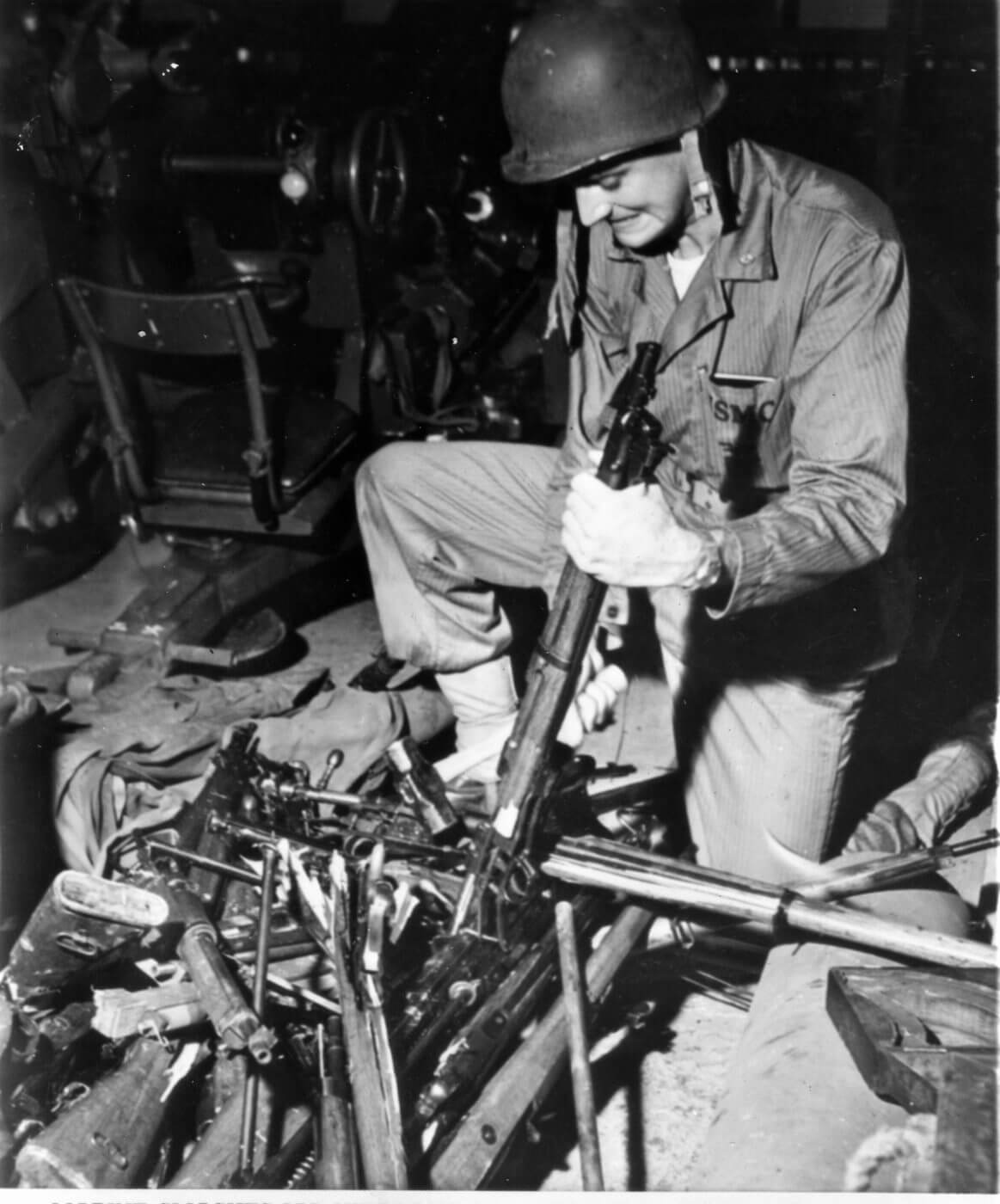
Versus the Garand
Several years ago, a wise old gunsmith opened my eyes to the deadly reality of modern rifles. We were looking over a couple of rifles that had served from the late 19th century until well into 1950s. The Arisaka was one of them.
“A rifle made in the 1890s will shoot you just as dead as one made in the 1990s,” he said. That simple logic is worth bearing in mind when comparing the Arisaka and the Garand rifles as combat opponents.
At first glance, the semi-automatic M1 has all the advantages. In many ways that is true. But the combat environment of the Pacific War, and extremely aggressive nature of the Japanese soldier helped to even the odds.
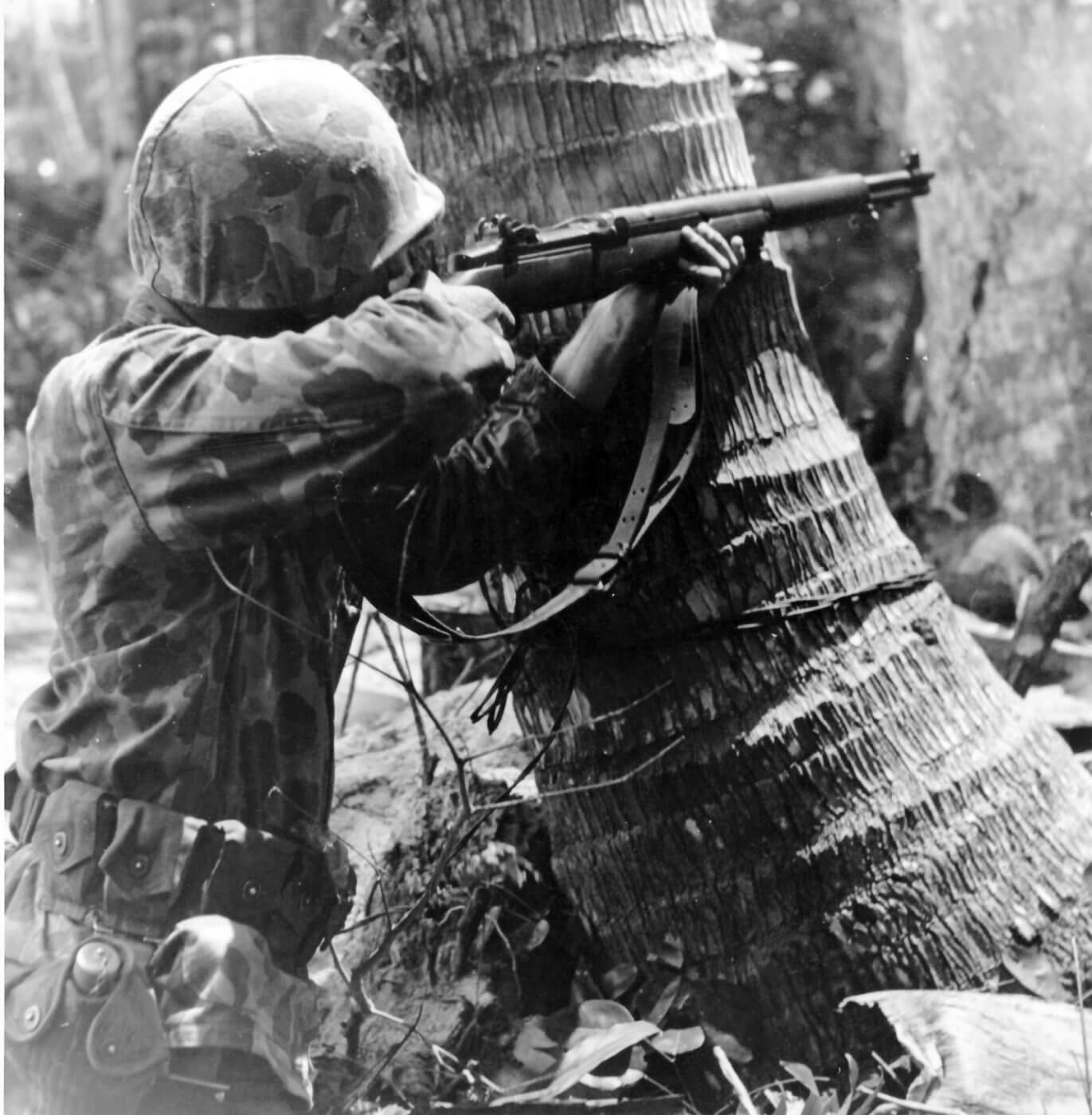
W.H.B Smith provides a realistic assessment of the Type 99 in Small Arms of the World (Military Service Publishing Company, 1948):
“This weapon is generally well made and must be considered as an effective fighting instrument, though by no means in a class with either our Springfield or our Garand.”
In the early days of the Pacific War, the Japanese were on the offensive and ready to pay any price to achieve their objectives. Their particular fondness for the bayonet drove them to continually close the range.
In his excellent book Shots Fired In Anger (NRA Books 1981), Lieutenant Colonel John B. George describes his first encounter with the Japanese 7.7mm rifle near Mount Austen on Guadalcanal:
“From first glance it looked to me as though the decision to adopt this new rifle as the standard infantry weapon must have been made on a level above infantry command circles, for except in the interests of caliber standardization, the weapon had little to offer in the way of advantages over the older 6.5mm caliber weapons.
“The older guns were easier to shoot, having much less recoil; their ammunition was light to carry; and the carbine model of the Arisaka 6.5mm was much lighter and handier in the jungle. And the ballistic qualities of the old 6.5 were entirely adequate for man-killing.”
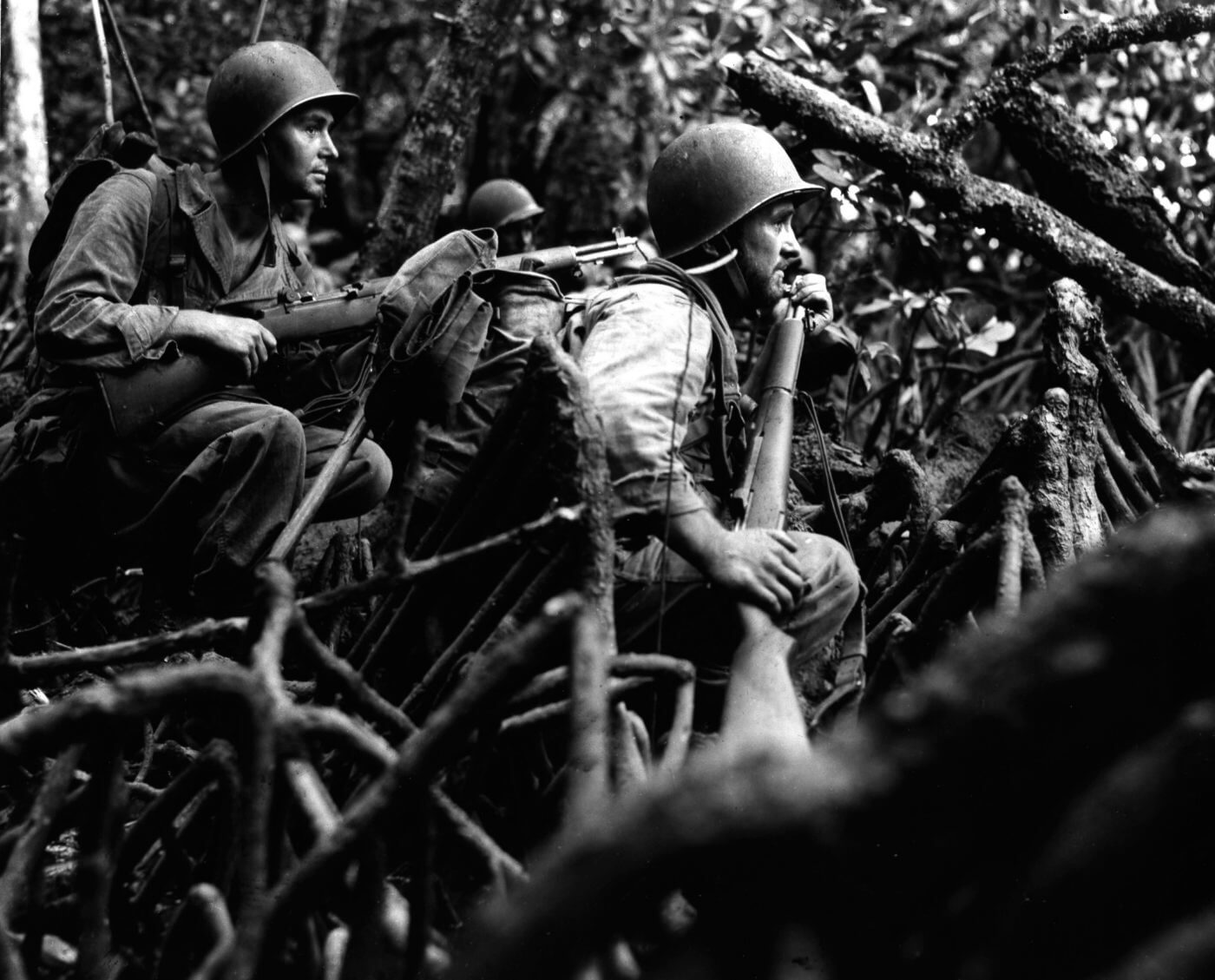
Japanese expectations of their fighting men were high, but simple: victory or death. Of all the major combatant nations in World War II, Japan’s infantry firepower was by far the weakest. The fanatical fighting spirit of their soldiers made up a great deal of the difference in firearms technology. Lt. Col. George sums up his assessment of the Model 99 with:
“As a gun it compared favorably with the better military rifles of Europe, being better than some of those models. It was, of course, a very crude item when compared to our Springfield. When compared to our Garand it was utterly obsolete, and its use against that weapon placed the Japs at an enormous combat disadvantage.
“But the 7.7mm Model 99 rifle is numbered among the weapons which killed a lot of Americans in World War II and therefore it deserves a certain amount of respect.”
In Conclusion
The Arisaka rifles were some of the most effective bolt-action battle rifles ever made, and they and the men who used them earned their measure of respect as deadly threats. In the final equation though, the firepower of the M1 rifle, coupled with the long tradition of American marksmanship, proved decisive in the bloody land battles of the Pacific War.
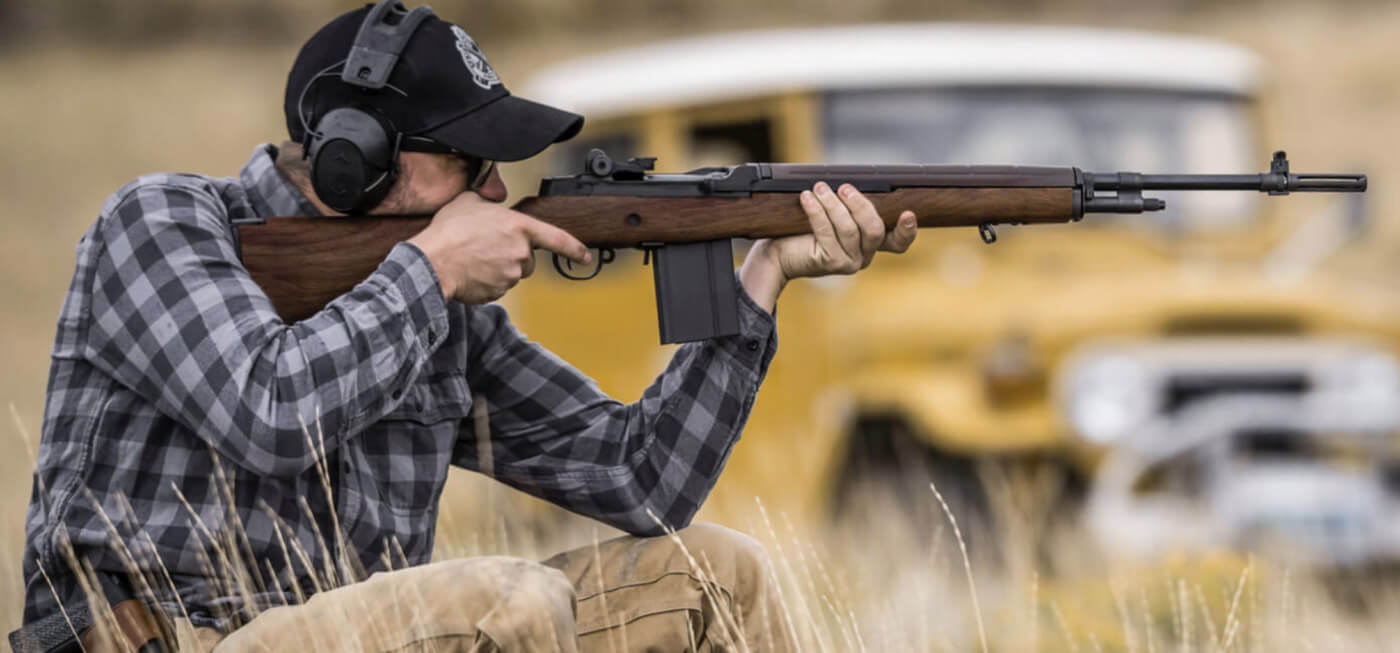
And the M1 Garand would live on beyond the battles of World War II in both the Pacific and Europe and become the foundation for the U.S. M14 rifle. The M14 modernized the M1 platform and has proved its worth on battlefields around the world.
Today’s Springfield Armory of Geneseo, Illinois, offers a civilian-legal, semi-automatic-only version of the M14 in its M1A. This is a rifle that has proven its worth on the competition fields and in the hands of civilian shooters since its introduction in 1974.
Editor’s Note: Please be sure to check out The Armory Life Forum, where you can comment about our daily articles, as well as just talk guns and gear. Click the “Go To Forum Thread” link below to jump in!
Join the Discussion
Featured in this article
Continue Reading
Did you enjoy this article?

 337
337







